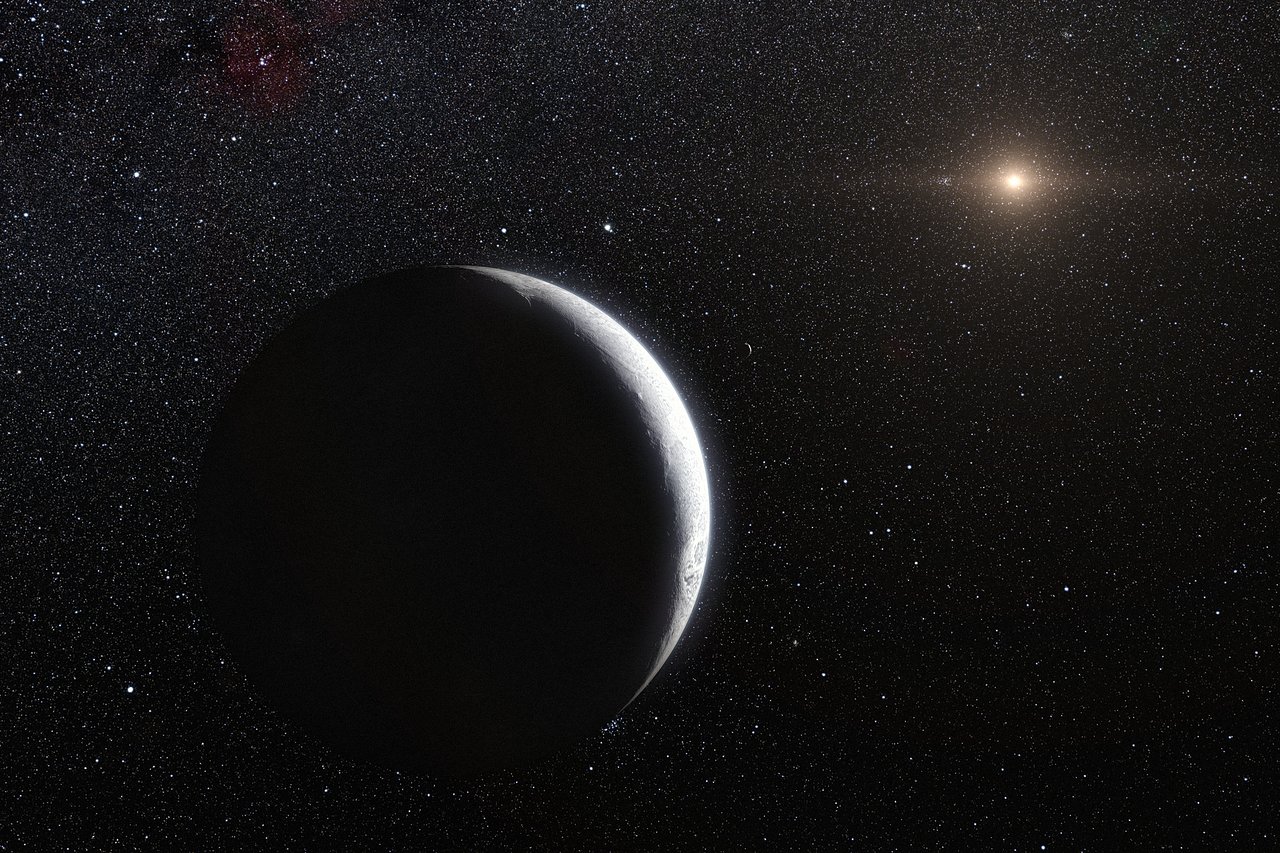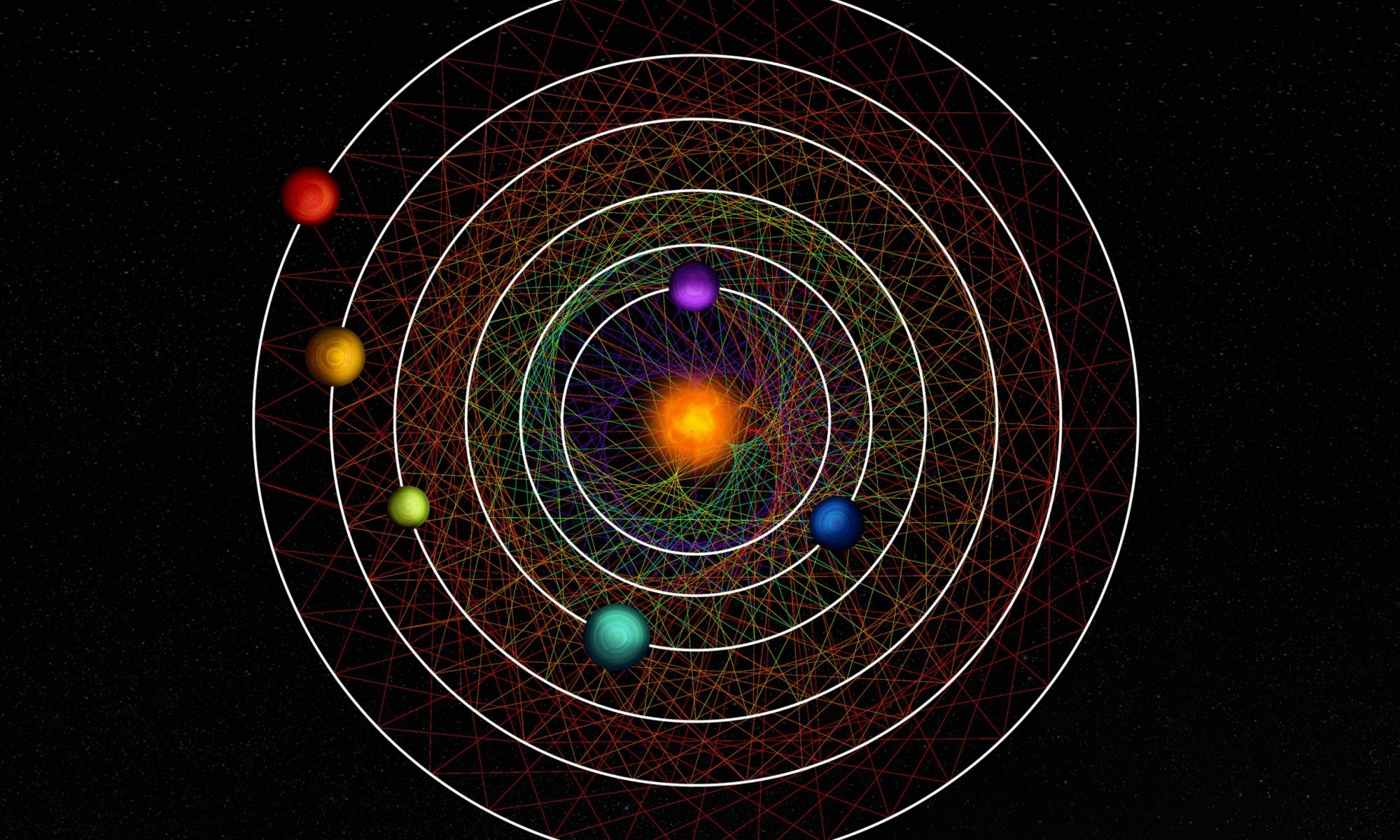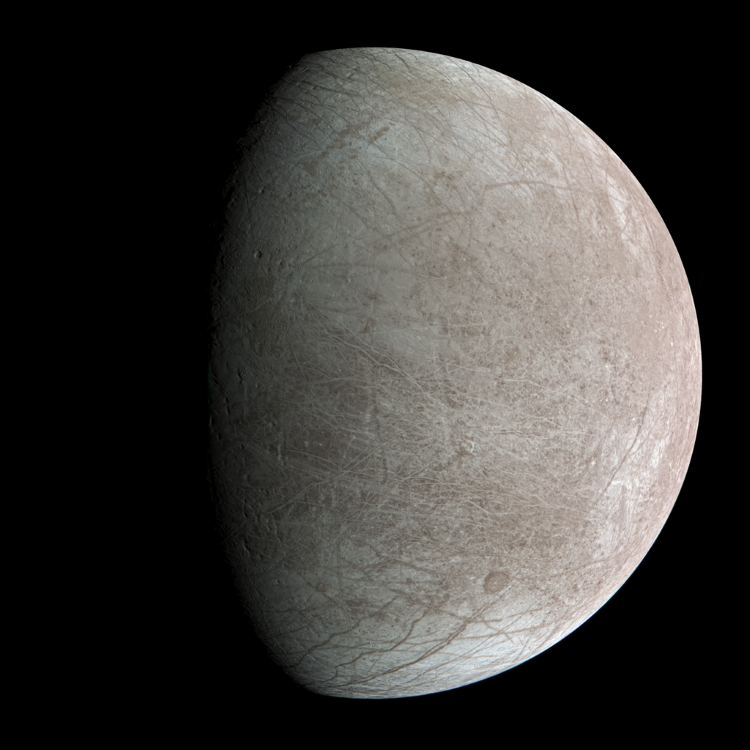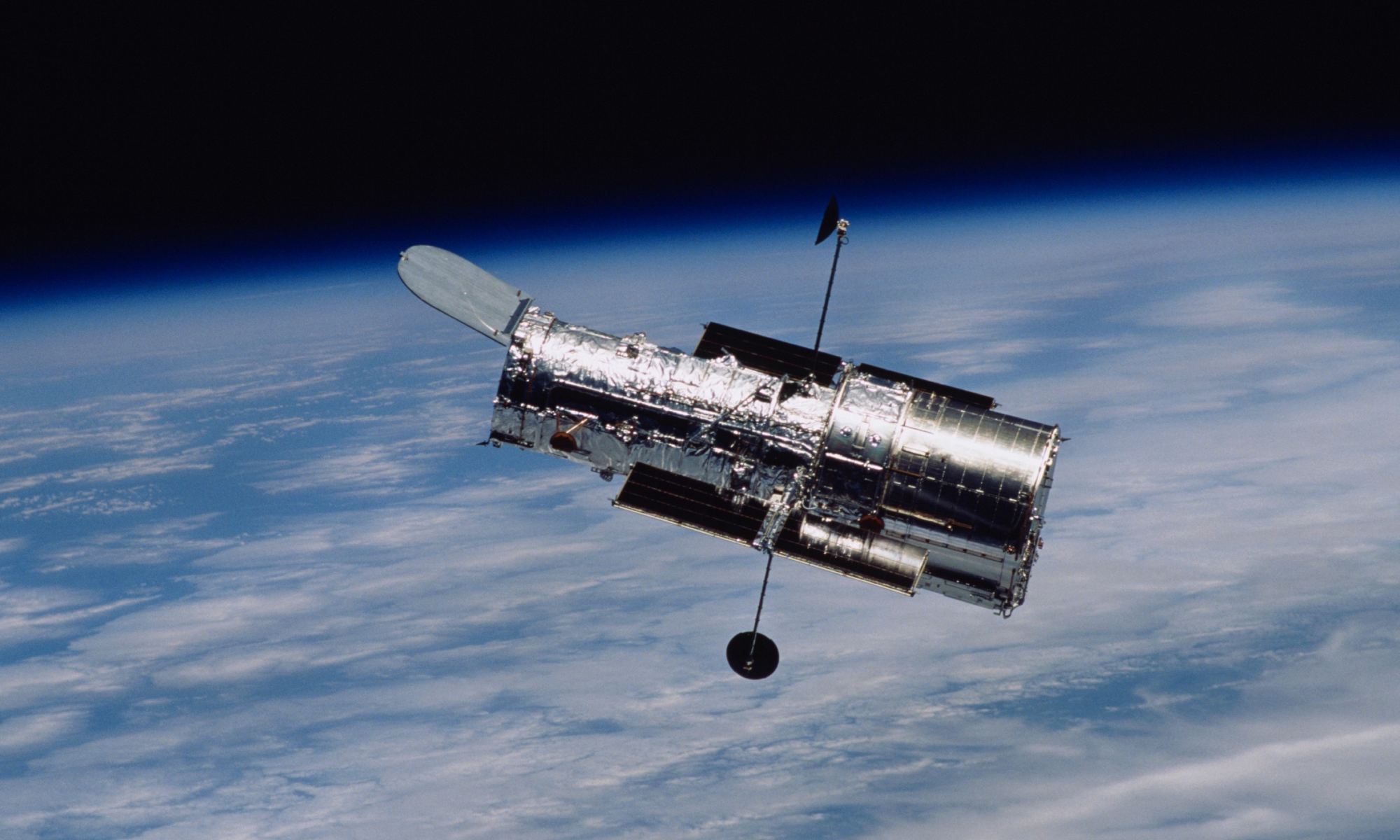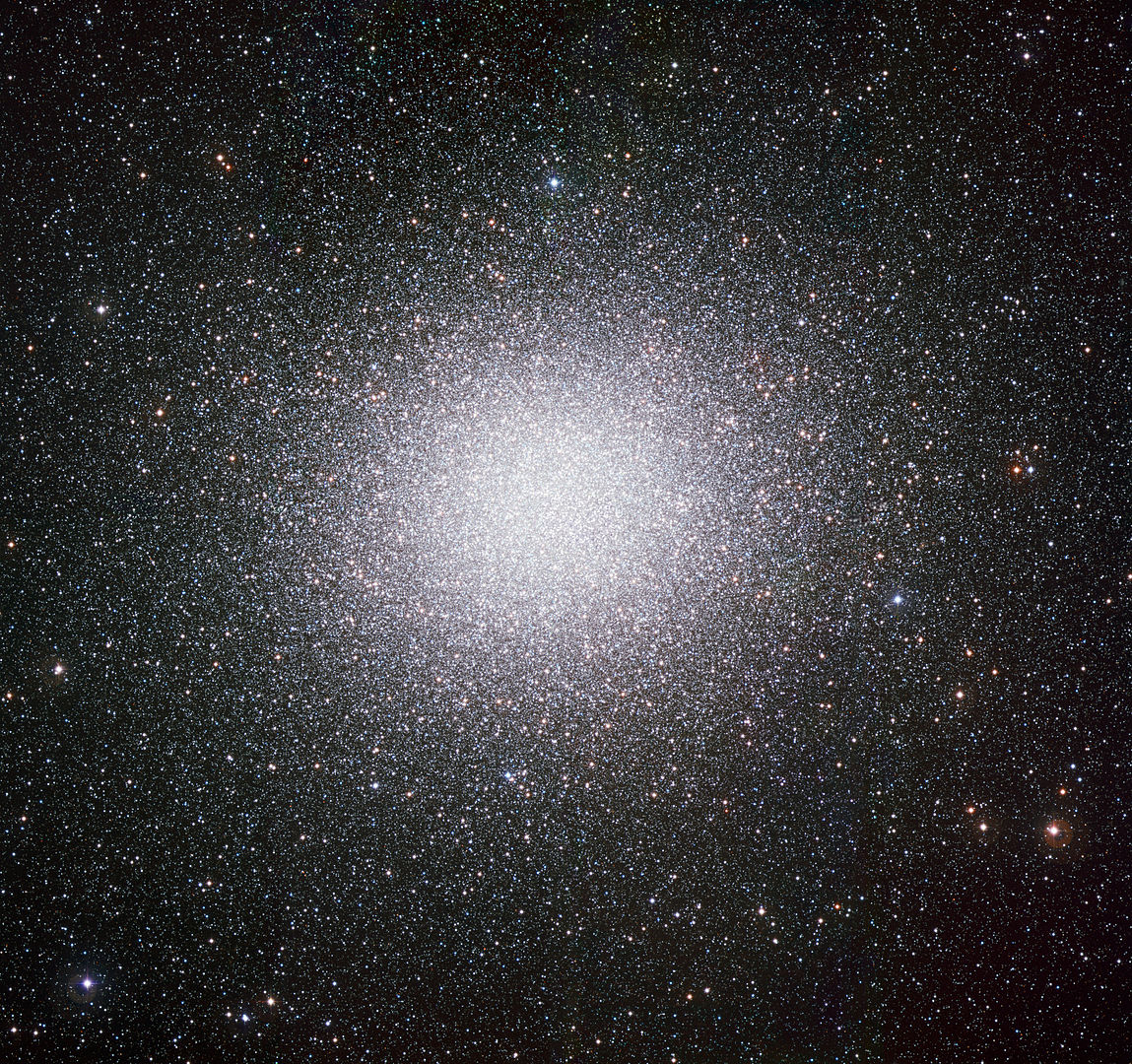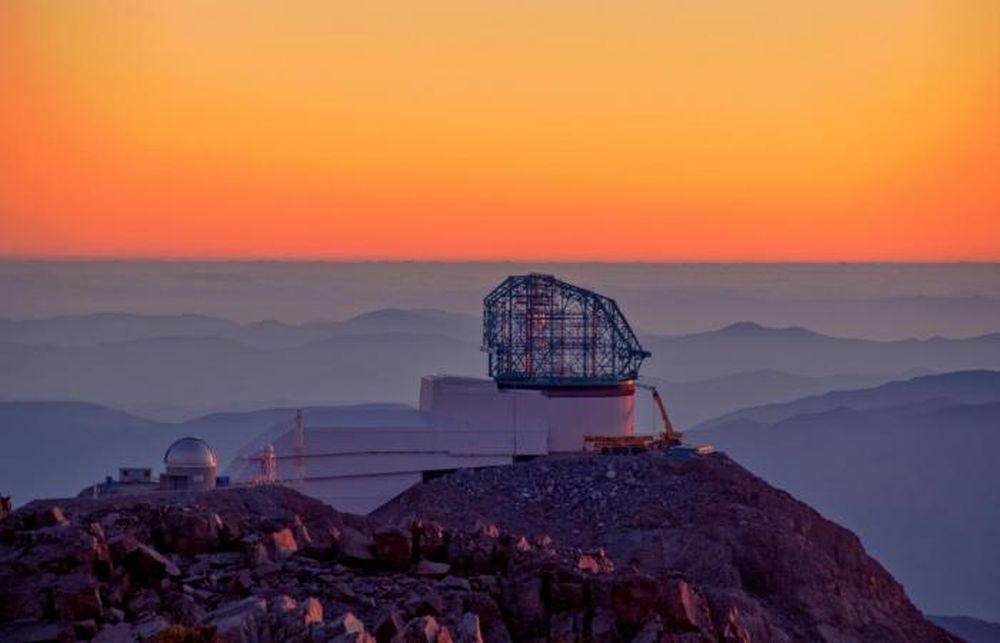In 2005, astronomer Mike Brown and his colleagues Chad Trujillo and David Rabinowitz announced the discovery of a previously unknown planetoid in the Kuiper Belt beyond Neptune’s orbit. The team named this object Eris after the Greek personification of strife and discord, which was assigned by the IAU a year later. Along with Haumea and Makemake, which they similarly observed in 2004 and 2005 (respectively), this object led to the “Great Planet Debate,” which continues to this day. Meanwhile, astronomers have continued to study the Trans-Neptunian region to learn more about these objects.
While subsequent observations have allowed astronomers to get a better idea of Eris’ size and mass, there are many unresolved questions about the structure of this “dwarf planet” and how it compares to Pluto. In a recent study, Mike Brown and University of California Santa Cruz professor Francis Nimmo presented a series of models based on new mass estimates for Eris’ moon Dysnomia. According to their results, Eris is likely differentiated into a convecting icy shell and rocky core, which sets it apart from Pluto’s conductive shell.
Continue reading “Eris Could be Slushier Than Pluto”
